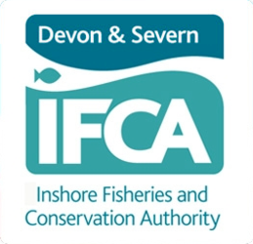Angling
- Home
- Angling
Page review/updated 07/11/2024
This page is under review.
Please visit the Resource Library (Section H /Angling) to find some published reports relating to angling.
If you are interested in bass legislation, please visit our Bass Compliance Direction website page.
